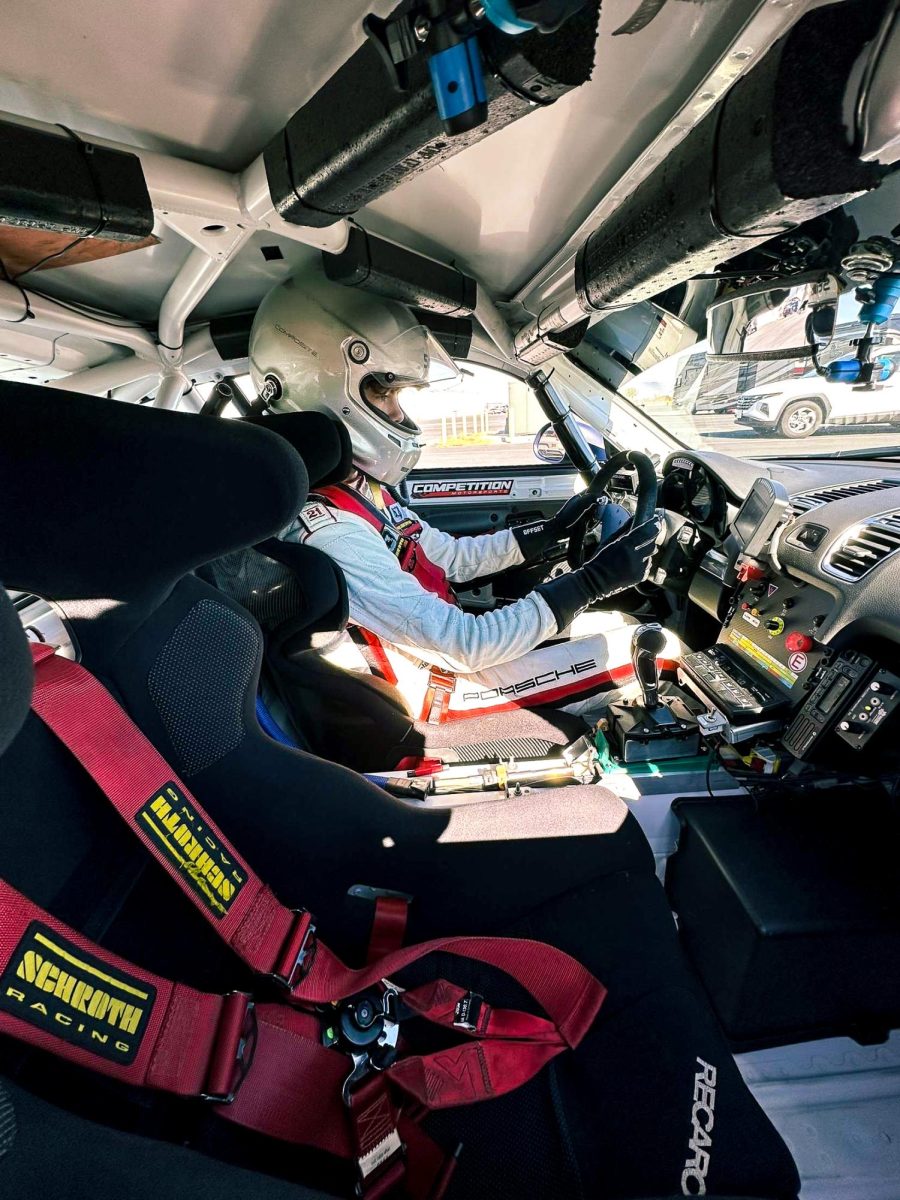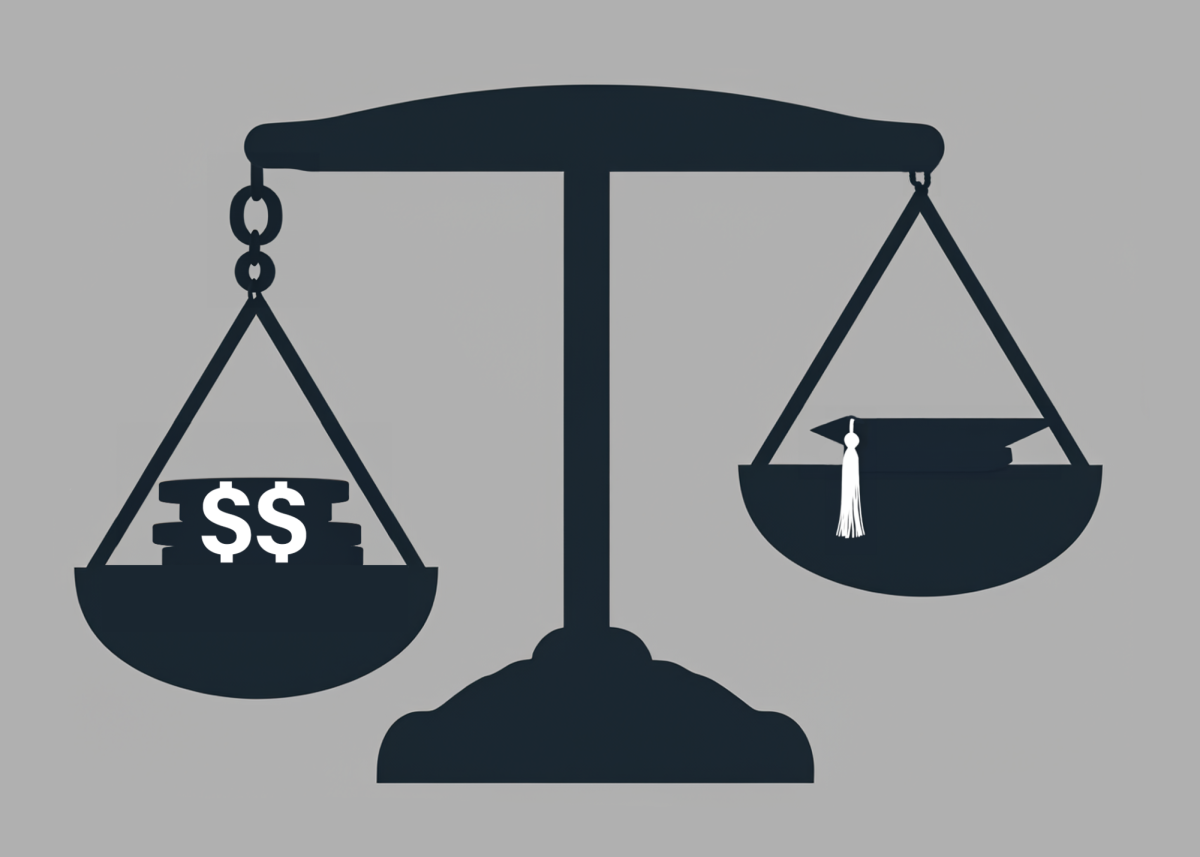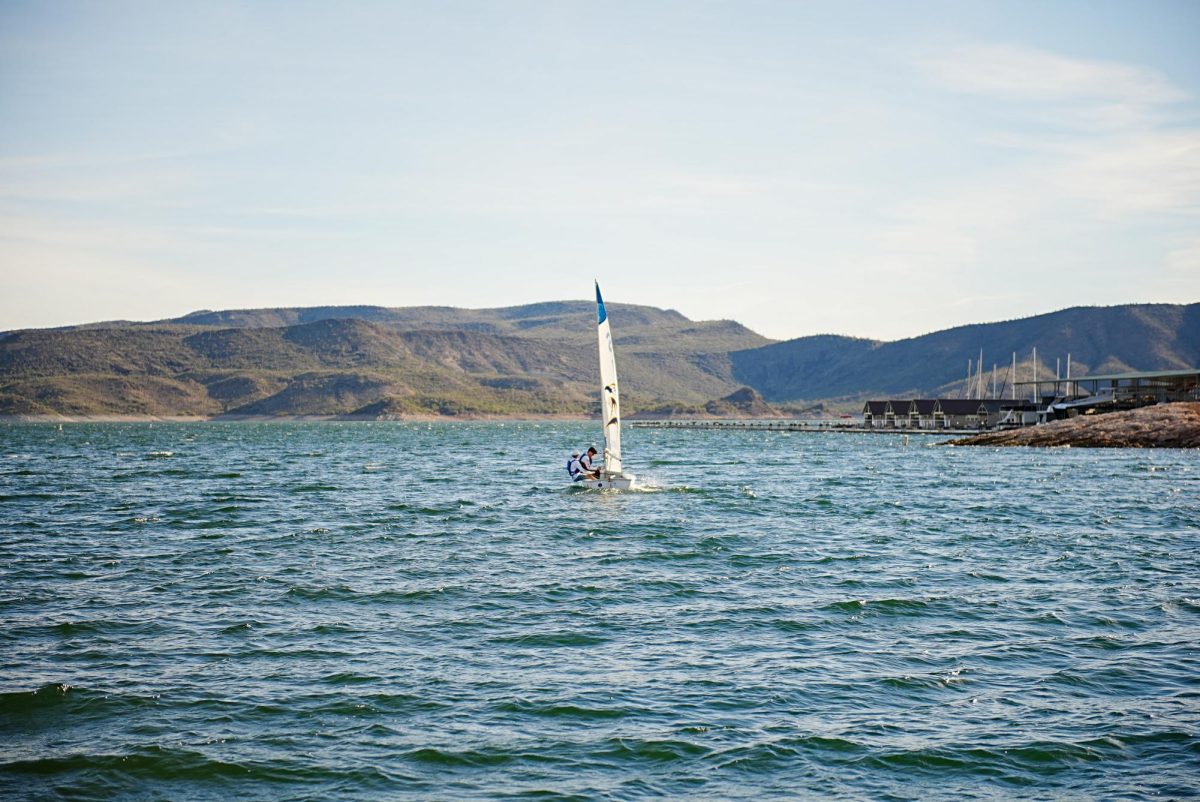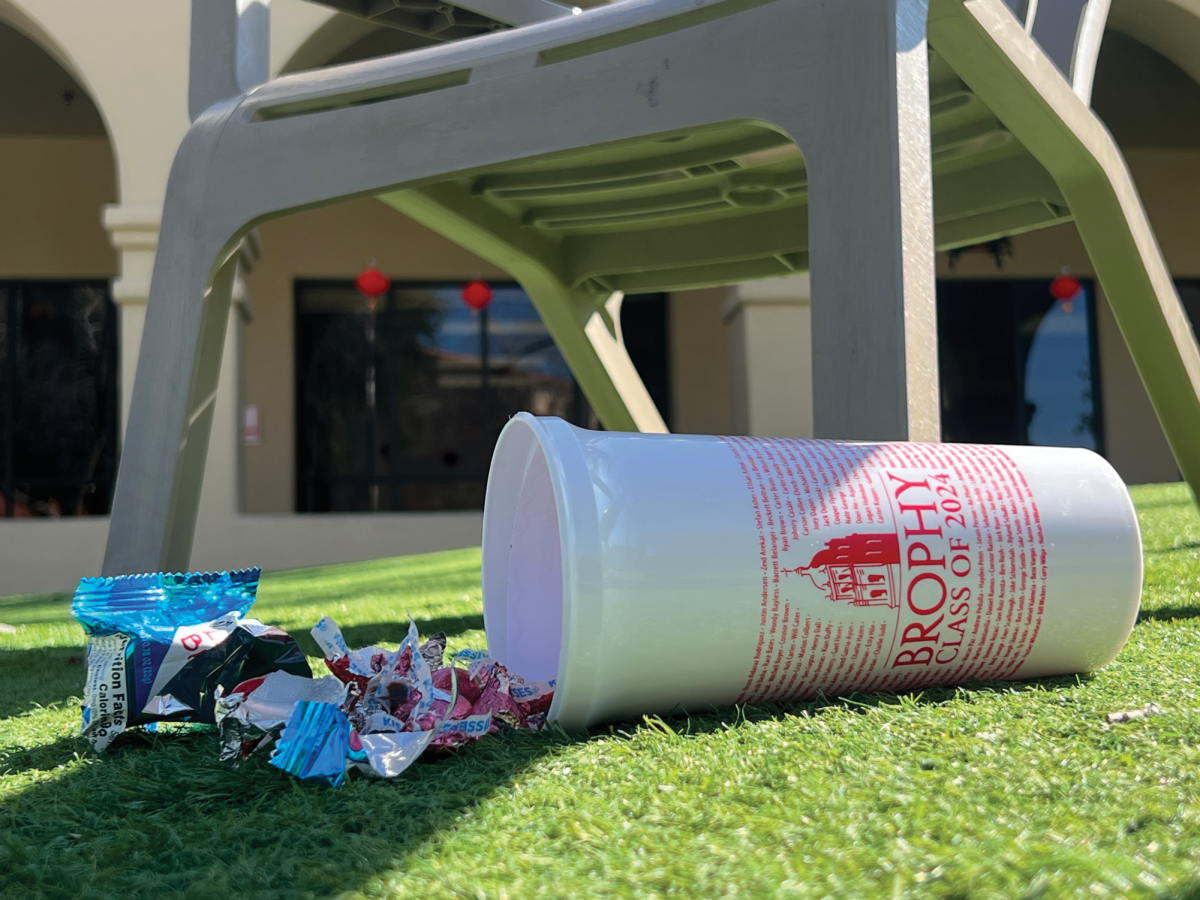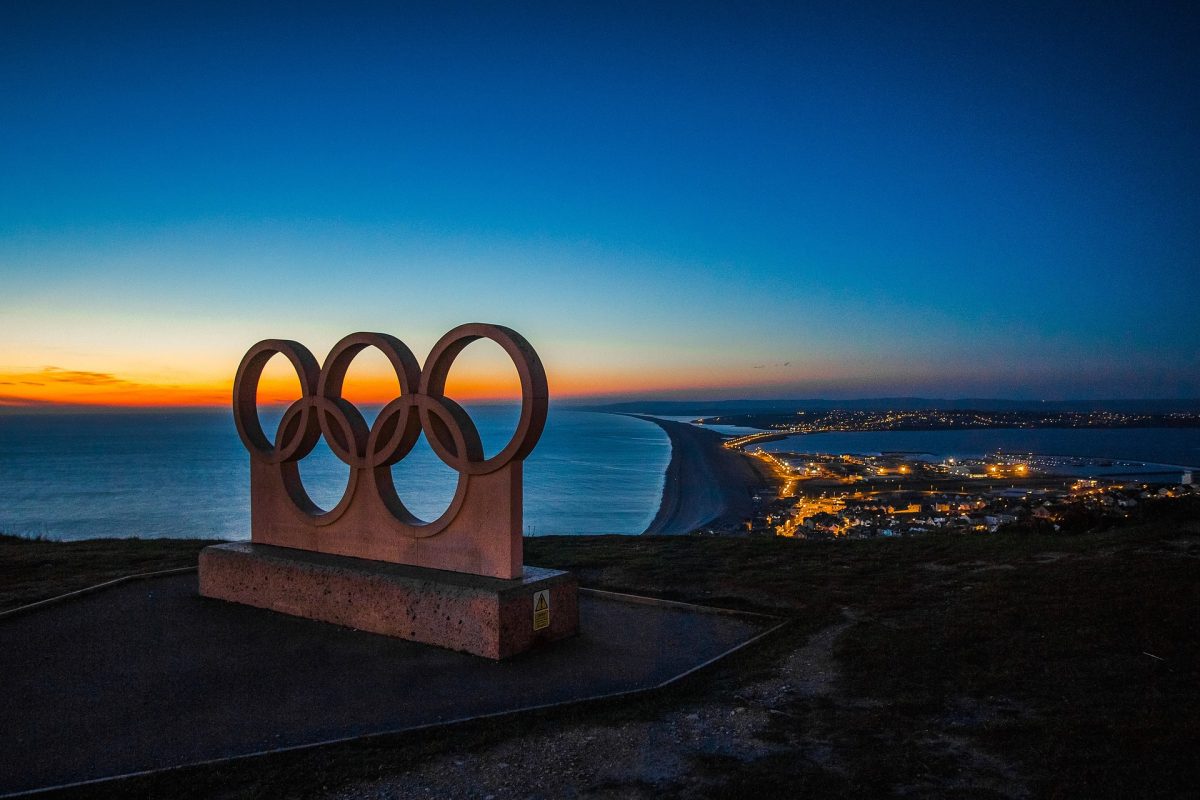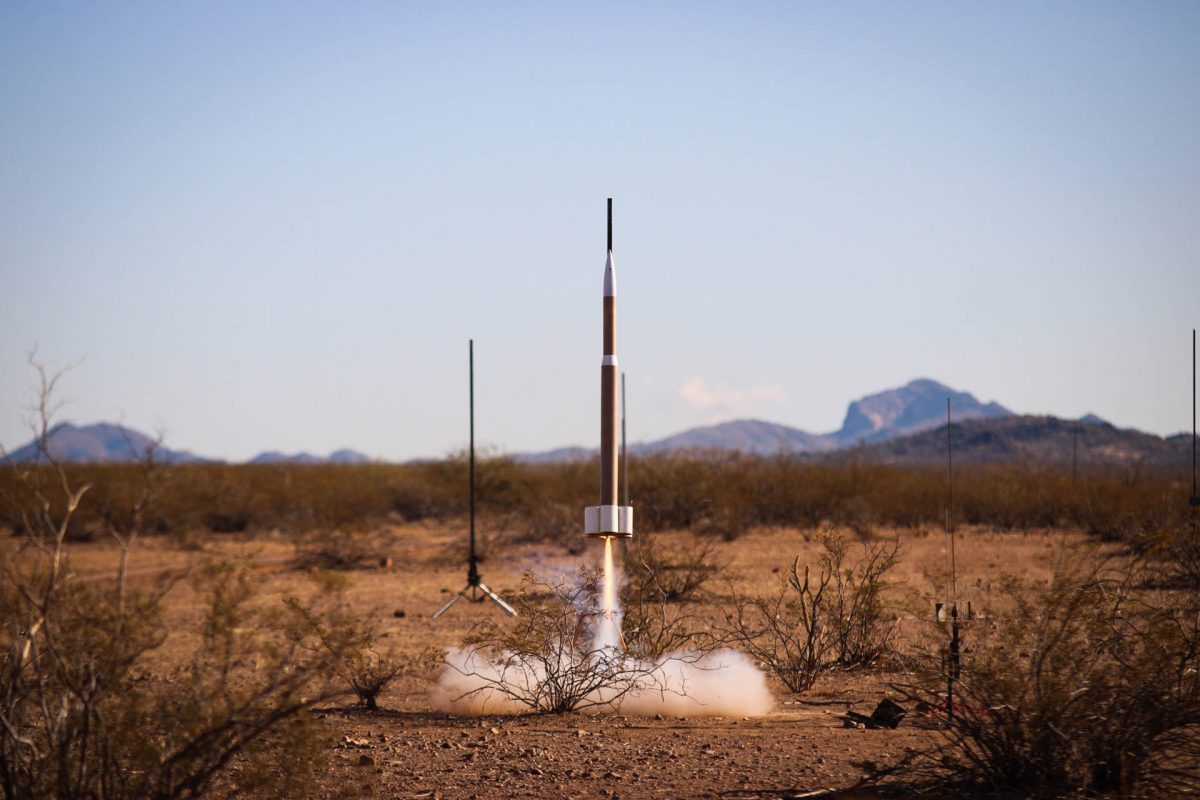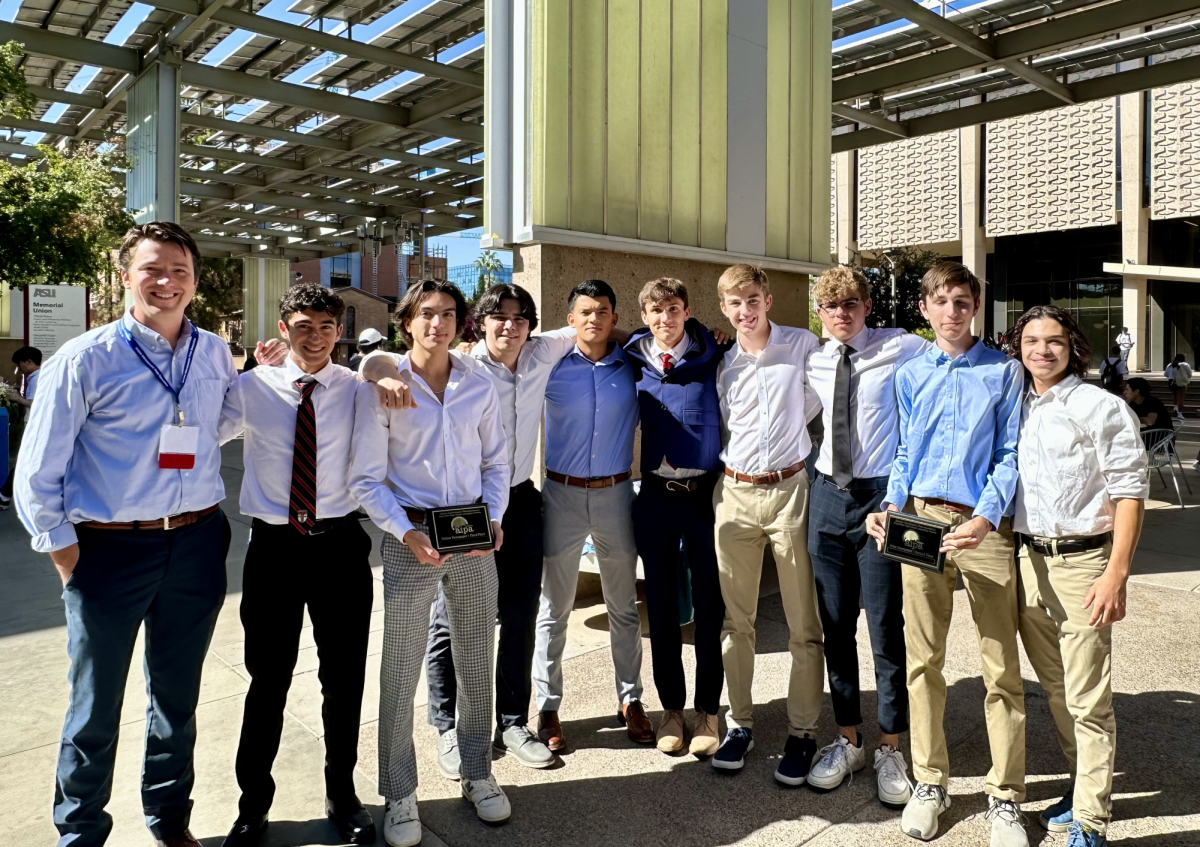By Eric Villanueva ’11
THE ROUNDUP
At 7:21 a.m. on a Thursday morning, a tan Toyota Sequoia pulls into Brophy’s south parking Lot.
With a 20 gallon gas tank and 15 to 16 miles per gallon rating, student driver Tommy Hartman ’12 feels the pinch at the gas pump every two or three days with his 30-mile commute to and from Brophy and his home in Mesa.
When the state average gas price hit $3 per gallon in late January, Hartman said he was paying $50 or $60 to top his tank. More than two months later, he now pays $75 per tank of gas.
“We didn’t even fill it up all the way,” Hartman said recounting his last fill-up. “It goes through a lot of money.”
Hartman is one of 452 Brophy students with a parking permit this year, according to Ms. Debbie Corwin, the dean of students’ assistant. However, in some carpools, each member gets a pass and takes turns driving the carpool, which inflates the number, Ms. Corwin said.
Taken into account, that still means one-in-three students drive to school as part of a carpool and pay around the Phoenix average gas price of $3.61 as of April 7.
Seven minutes after Hartman arrives, Michael Miller ’12 parks his four-door, Mazda 6 facing the canal. Miller lives near Desert Ridge Mall in northern Phoenix and drives between 30 and 40 minutes to school.
He gets 26 miles to the gallon, but, like Hartman, saw his cost at the pump jump $20 between late January and early April.
Asked where he sees gas prices going as summer edges closer, Miller expects it to get worse.
“I can see it getting worse, but hopefully not too much higher,” he said.
Stephanie Dembowski, a spokeswoman for AAA Arizona, said that gas prices will probably not decrease in the near future.
“Given the volatility of the market, and the uncertainty about the situation in the Middle East and Northern Africa, combined with the higher cost of the summer blend of fuel, it is unlikely that the price of fuel will decrease in the near future,” Dembowski said in an e-mail.
Brutal winter storms and conflict in oil sensitive regions of the world in the past months have shortened oil supply and increased gas prices to a 30-month high, according to Dembowski.
To save money as gas prices increase, Dembowski recommended students carpool or use mass transit.
Every student who parks on Brophy’s campus is required to have a carpool, according to Security Director Mr. John Buchanan.
“We let everyone know they can’t come to school unless they carpool, which is unheard of at other schools,” Mr. Buchanan said.
Mr. Buchanan added that Brophy also offers specially priced mass transit vouchers to incentivize students to use alternative transportation to save money.
The business office in Romley Hall sells mass transit tickets for $20, saving students $7.50 off a regular ticket.
In the last semester, as gas prices grew, the number of monthly passes sold doubled to 30 per month, according to Ms. Darcy Ohman in the Finance Office.
Hartman, the owner of the tan Sequoia, said he rode the light rail from Mesa to Brophy his freshman and sophomore years, but he found that it added 30 minutes to his already 40-minute commute and the station was out of his way.
Miller said he couldn’t use alternative transportation even if tickets cost less because neither the light rail nor the bus runs where he lives.
But there are ways to save gas for the average student who drives a SUV or mid-size sedan and commutes the estimated average of 20 to 25 minutes to school, according to Mr. Buchanan, who monitors student parking in the north lot every morning.
“Obviously, they could not drive quite so fast and that could save gas,” Mr. Buchanan said.
Every five miles per hour driven over 60 mph is like paying an additional 24 cents per gallon, according to Dembowski, the AAA Arizona spokeswoman.
Students may also use apps on their phones, like Fuel Price Finder, Fuel Price Calculator and TripTik Mobile, to find the cheapest gas prices in their neighborhood, according to Dembowski.
Mr. Buchanan added that students could also add people to their carpool.
As experts predict gas prices to either rise or level toward summer vacation, some students may reconsider their trips outside the state and opt for a “staycation” instead.
“A popular and inexpensive alternative to traveling for spring or summer break is to enjoy a ‘staycation’ right here in Arizona,” Dembowski said.
AAA Arizona has a list of resorts on their website that “offer special, reduced rates during the summer making it affordable to spend time away from home, without even leaving our state.”
However, Hartman and Miller both said they still planned to fly for summer trips, though plane tickets may cost more as oil prices increase.
Hartman added that if he was going to drive, he would do it economically.
“If I were to go on a spring or summer road trip, I would probably bring a friend and split the cost of gas,” he said.
Hartman, like fellow student driver Miller, said he sees gas prices going nowhere but up.
“My dad told me this morning a quote from Obama: ‘The thing about gas prices, America, you just got to get used to them,’” he said.


